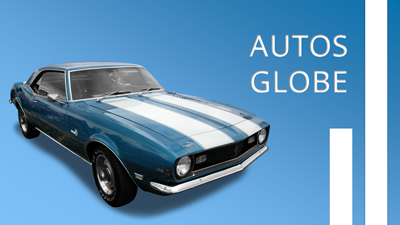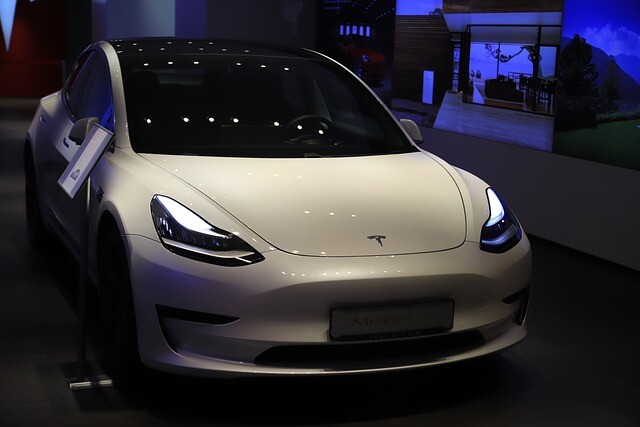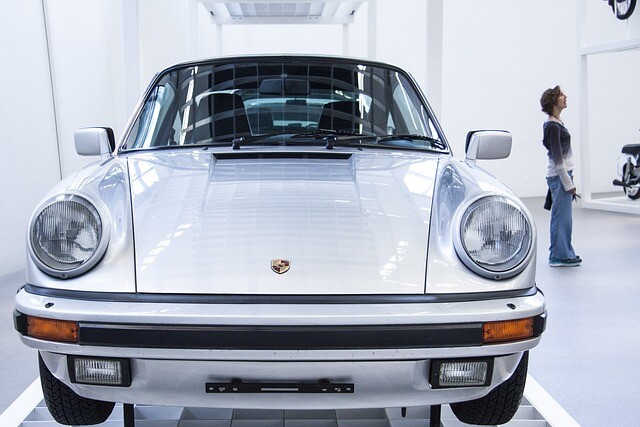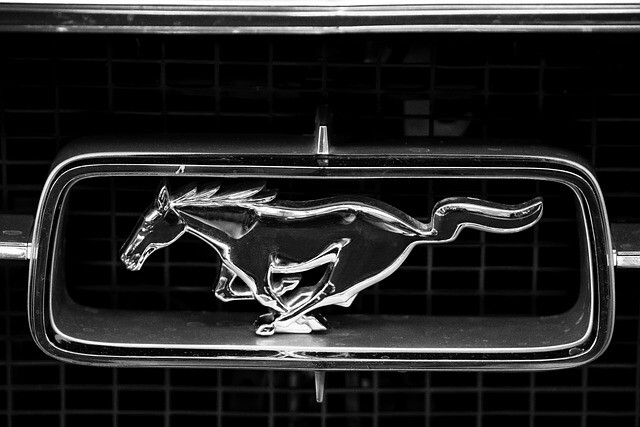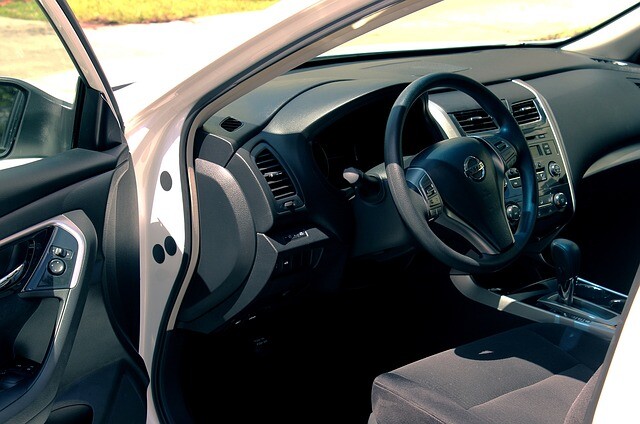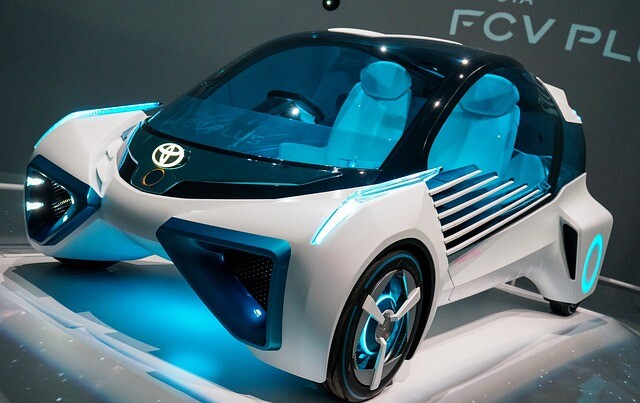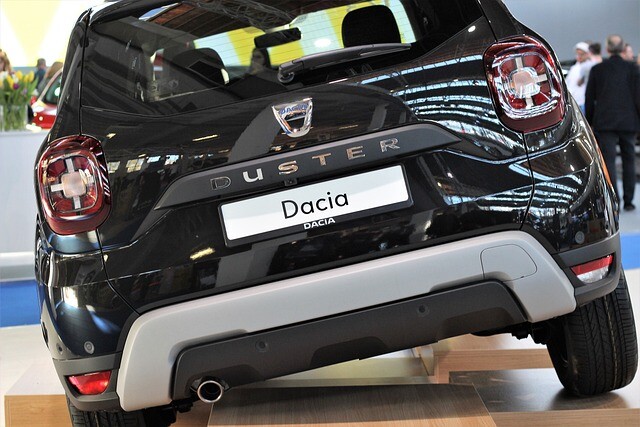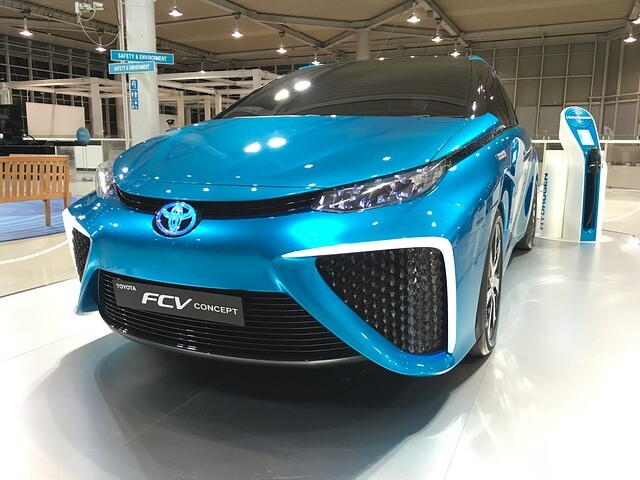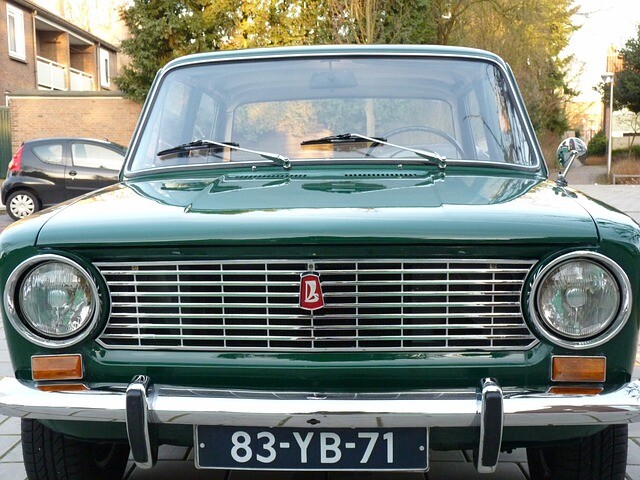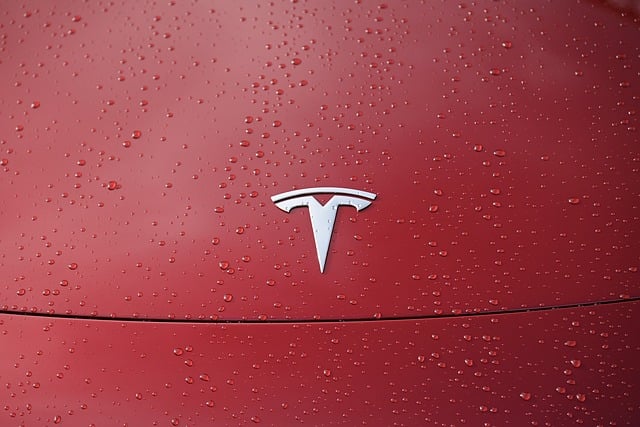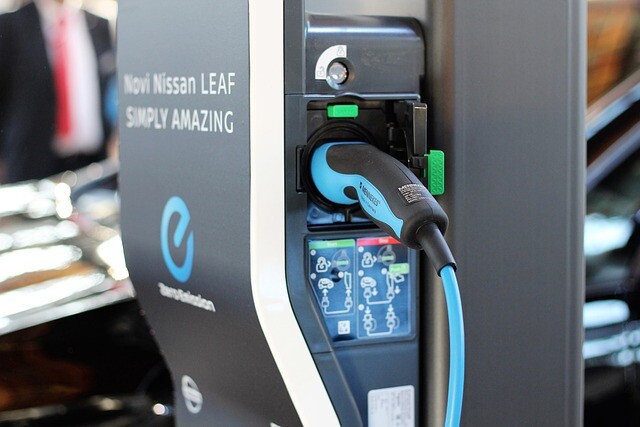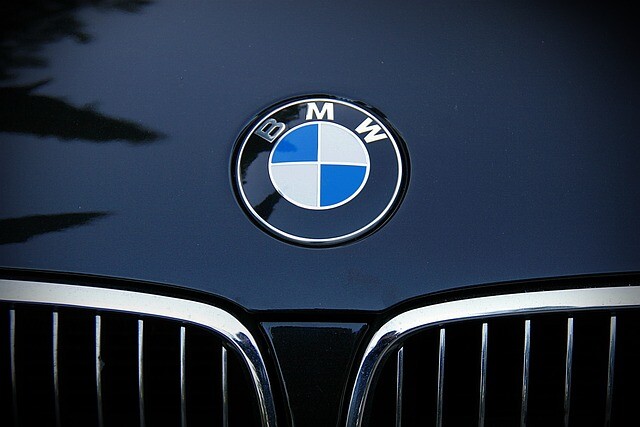An external airbag will make your Nuro robotic vehicle safer
The third-generation version will be able to travel at speeds of up to 70 kilometers per hour during self-driving parcel delivery.
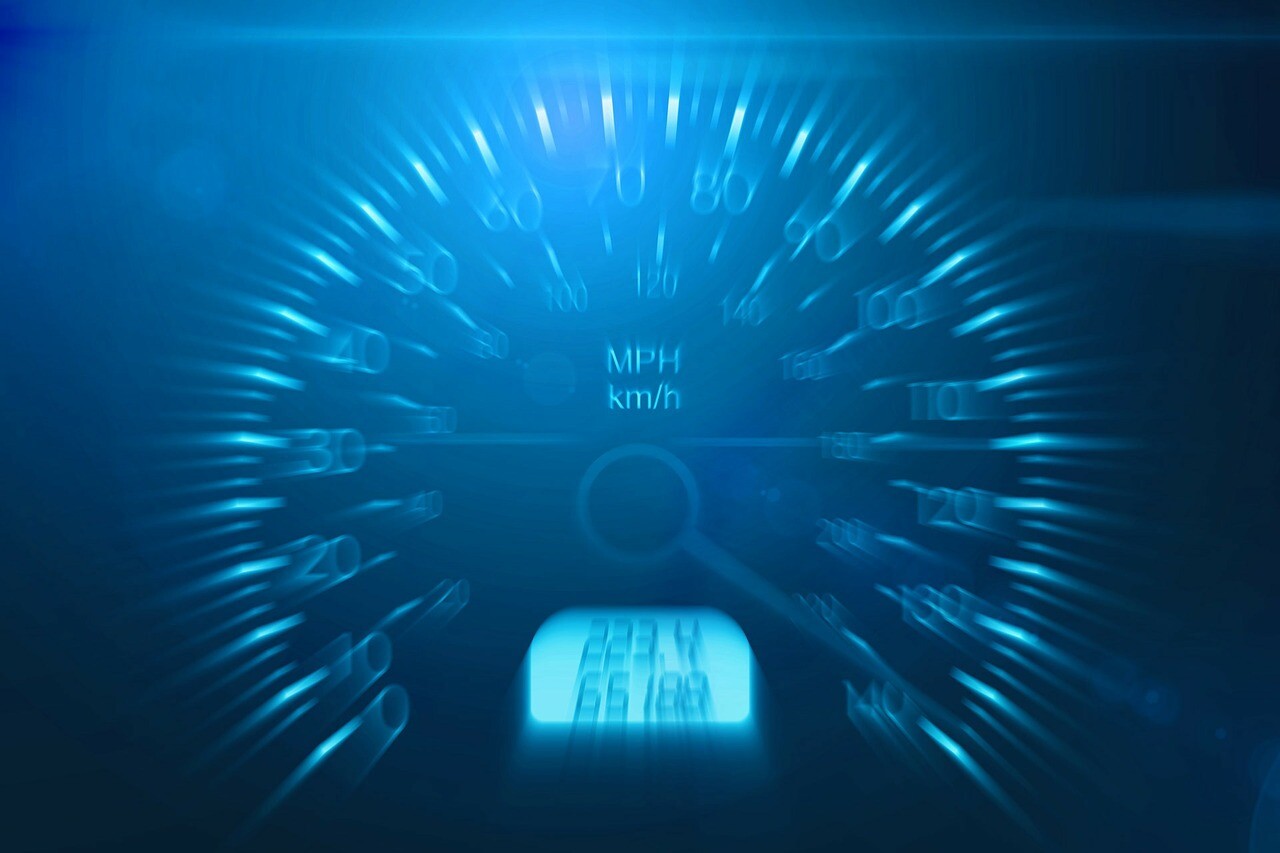
Back in 2018, Nuro received support to develop its first robotic vehicle. The second prototype was unveiled the following year, and the company has been progressing steadily ever since. Most recently, for example, they have entered into a cooperation agreement with the U.S. 7-Eleven retail chain to launch an autonomous delivery service in California.
Although the latter will use the Prius ’hybrid fleet with safety drivers, it is expected that R2 vehicles without a driver will soon be deployed as well. And now they have introduced their third-generation mini-carriage.
Details have not been announced yet, but it looks likely that the new vehicles will use the same LiDAR, radar, 360-degree camera and ultrasonic sensor technology as current robotic cars. However, the new vehicle will also be able to clean its own sensor system.
In addition, it will be able to travel faster than its predecessor at speeds of up to 72 kilometers per hour. However, it is likely to roll more slowly near pedestrians. And in the event of a frontal collision with a pedestrian or cyclist, an instant airbag that most resembles a mattress would dampen the power of the car.
Nuro has highlighted that it operates its fleet from 100% renewable energy sources from Texas wind farms. Also, the vehicles themselves are made of materials that meet strict environmental supply and supply chain standards.
The cargo hold can hold up to 24 packages of food weighing more than 226 kilograms in total (there are room for 18 packages in R2). Their modular units are also suitable for delivering hot or cold food. Customers can connect to the robot vehicle via a large touch screen.
Nuro announced last year that it will build a new manufacturing plant and test track in southern Nevada. And now they have partnered with BYD North America to assemble globally sourced hardware components for vehicle platforms in California and Nevada, and to produce tens of thousands of robotic cars, iotzona.com reports.
(Source: autokalauz.co.hu; iotzona.hu | Image: pixabay.com)
